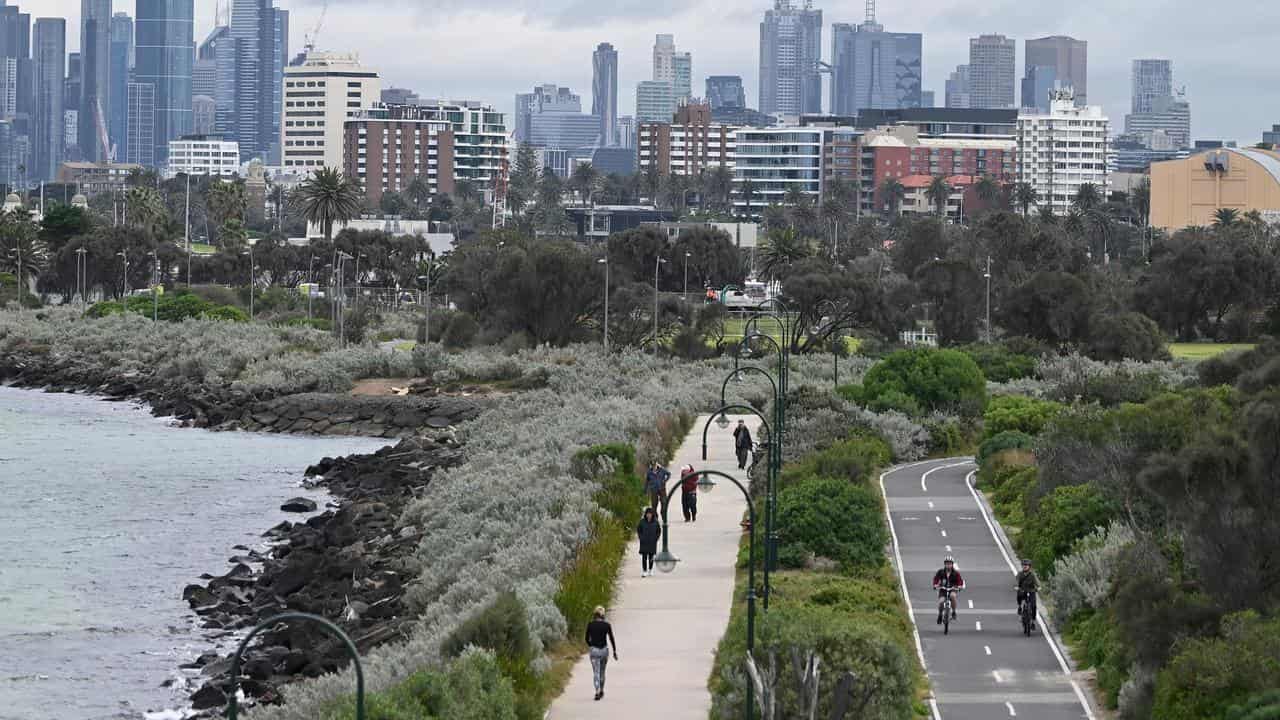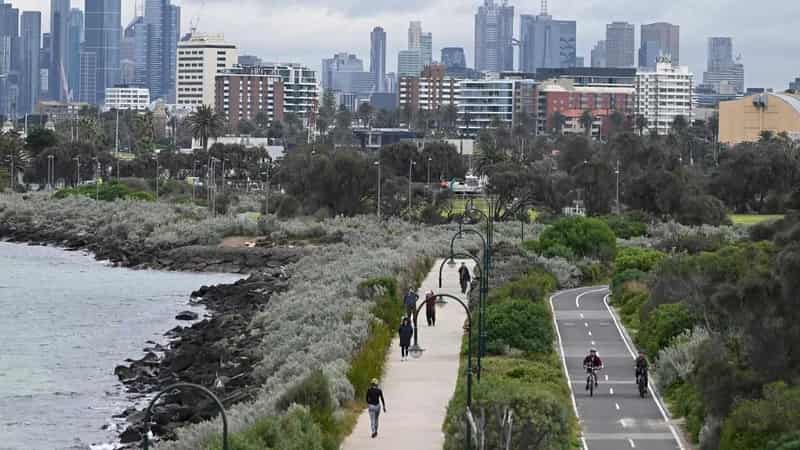
More homes in Melbourne's established areas instead of the outer fringes is the way to create a better quality of life for Victorians.
That's what Infrastructure Victoria says in its latest urban development report, which was released on Friday.
It found residents were becoming increasingly disconnected from work, education, services and transport as they move further out in search of their own home.
"The evidence shows that this delivers worse quality of life and opportunities for Victorians - but it’s not too late to turn that around," Infrastructure Victoria chief executive Jonathan Spear said.
Governments should focus on compact city models, both in Melbourne and the regions, with more apartments and flats built close to existing infrastructure.
Dr Spear said compact cities provided economic benefits because they offered businesses better opportunities to hire staff and connect with customers and markets.
It was also a better model for the environment, with more land left for agriculture and wildlife habitat.
"A sprawling, dispersed city consumes an extra 30,000 hectares of land compared to a more compact city," Dr Spear said.
"That’s equivalent to over 12,000 times the field size of the Melbourne Cricket Ground."
The report makes five recommendations to the state government, including setting growth boundaries and implementing housing targets for established areas.
Victorian Premier Jacinta Allan said the government was already taking steps through its housing statement, released last month.
"There are great opportunities to build more homes in those areas," she told reporters in Ballarat.
"That is also a key feature of the housing statement - looking at how we can increase the building of more homes closer to transport connection, schools and hospitals."









